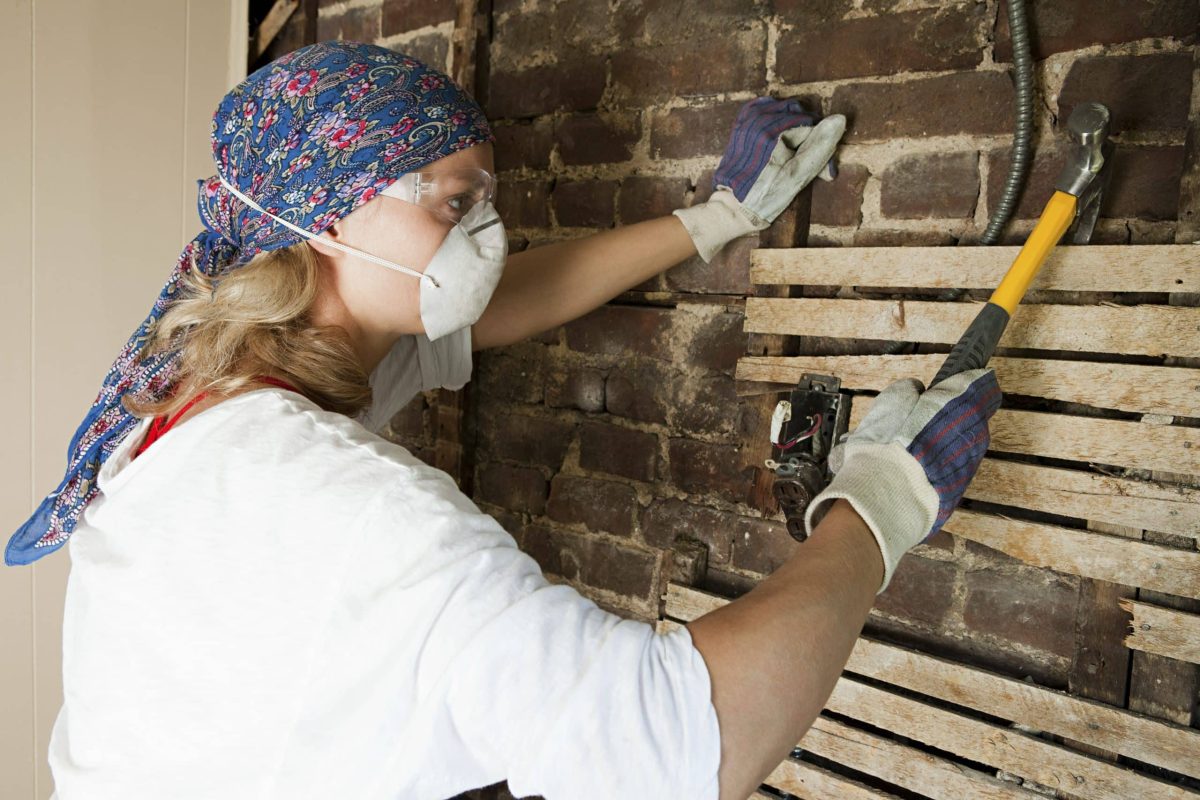Preventing Mold Growth During Home Renovations: Expert Tips

Mold growth is a serious issue that can sneak up on homeowners during a renovation. When walls are opened up, plumbing is exposed, and moisture levels fluctuate, the risk of mold increases. If left unchecked, mold can lead to expensive repairs and even health problems.
The good news is that with a little planning and some expert tips, you can keep mold growth out of your home while renovating. Here’s what you need to know to prevent mold growth and keep your home safe and healthy.
Control Moisture from the Start
Moisture is the number one reason mold grows. If you control moisture, you control mold growth. Before you start your renovation, check for leaks, humidity issues, or signs of past water damage. Even small plumbing leaks behind walls or under floors can lead to big mold problems later.
During renovations, use dehumidifiers and fans to keep air moving. If you’re working in areas like basements, bathrooms, or kitchens, make sure they stay as dry as possible to prevent mold growth. It’s also a good idea to open windows when working with water-based materials like paint or drywall compound. The more airflow you have, the lower the chances of mold growth taking hold.
Inspect and Replace Water-Damaged Materials
If you’re tearing down walls or replacing flooring, inspect everything carefully. Mold growth can hide inside walls, behind cabinets, and even under carpets. If you see water stains, soft drywall, or musty smells, you might already have a mold growth problem.
Replace any water-damaged materials immediately. Drywall, insulation, and wood that have been exposed to moisture for long periods should be removed and replaced. If you’re unsure whether something is salvageable, our professional team at Homeworx can assess the damage and recommend the best course of action.
Choose Mold-Resistant Building Materials

Some materials are more resistant to mold than others. When renovating, opt for mold-resistant drywall, also known as green board, especially in bathrooms and basements. These materials are designed to handle moisture better than traditional drywall.
For flooring, consider tile, vinyl, or sealed concrete instead of carpet, which can trap moisture. When choosing insulation, go with closed-cell spray foam or mold-resistant fiberglass instead of standard insulation that can absorb water. Investing in the right materials now can save you from costly mold problems later.
Keep Work Areas Clean and Dry
Renovation projects create dust, debris, and sometimes water spills. Keeping your work area clean and dry will help prevent mold growth. Sweep up sawdust and drywall dust regularly since mold can feed off organic materials. Even small amounts of dust can hold moisture, creating the perfect environment for mold to thrive. A clean workspace also helps prevent allergens from spreading throughout your home.
At the end of each workday, wipe down surfaces and check for any standing water or damp materials. If a spill happens, dry it immediately. Small steps like these make a big difference in keeping your renovation mold-free. Consider using moisture meters to check hidden areas, like under flooring or behind walls, to catch mold growth problems early. Taking a few extra minutes to inspect and clean can save you from costly mold growth issues down the road.
Plan for Proper Drainage Around Your Home
Many homeowners focus on indoor moisture control during renovations but forget about the impact of outdoor water drainage. Poor drainage around your home can lead to water seeping into basements, crawl spaces, and foundations, creating the perfect environment for mold growth. Before starting any renovation, check your gutters, downspouts, and grading to make sure water is directed away from your home.
If you notice pooling water near your foundation, consider installing a French drain or adjusting your landscaping to improve runoff. Proper drainage reduces the risk of water intrusion, keeping your home dry and mold-free. We can help identify potential drainage issues and recommend solutions to protect your home before and after renovations. By addressing water flow outside, you can prevent moisture problems inside.
Be Mindful of HVAC Systems
Mold spores travel through the air, and your HVAC system can spread them throughout your home. Before you start a renovation, consider sealing off vents in the work area to prevent dust and spores from circulating.
If you’re working in a space that already has signs of mold growth, it’s a good idea to clean your air ducts once the renovation is complete. The Environmental Protection Agency (EPA) provides helpful guidance on when air duct cleaning is necessary. Proper air filtration and ventilation will go a long way in keeping your home mold-free.
Call the Experts if You Need Help
Mold can be tricky to deal with, especially if it has spread behind walls or under flooring. If you find signs of mold during your renovation, it’s best to get professional help right away. At Homeworx, we specialize in mold remediation and can make sure your home stays safe and mold-free. Ignoring mold issues can lead to long-term damage and costly repairs. Acting fast can prevent the problem from spreading and protect your home’s structure.
Whether you need an inspection, mold removal, or advice on the best materials for your renovation, we’re here to help. Our experienced team knows how to handle mold safely and effectively, so you don’t have to worry. We use proven techniques to remove mold and prevent it from coming back.
